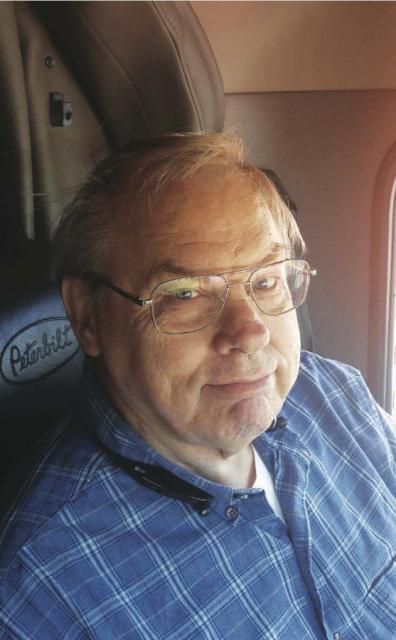What The Camera Sees

My mother was a product and survivor of the Depression. Not the kind that has one feeling bad, but the kind of depression that left whole families real hungry and real destitute. The daughter of an alcoholic father and suicidal mother, it was a childhood tailor made for a lifetime of emotional trauma.
But that’s not what happened. Moving from the hustle and bustle of Chicago to the sun-drenched streets of Phoenix, she met a dashing young soldier who owned a handlebar moustache and Model-T Ford. It’s just a bit fuzzy, in the annals of family history, if she fell in love first with the sergeant, or with his car, but fall in love she certainly did.
When Dad went to war in the Pacific theater, Mom raised the family they’d started. She went where he said to go, from San Bernardino, to Muskogee, and finally, to Minneapolis. There were no non-stop flights, no overnight Pullman cars, and no interstate freeways in those days. All that Mom had, besides a growing family and shrinking budget, was a small group of friends scattered all over the country.
After the war, and perhaps because of it, my parents struggled with housing, transportation, medical care, and cupboards with plenty of elbowroom. Most everyone did back then. From 1948 till 1950 the family home was a thirty-foot houseboat, and it was aboard that rickety platform of floating mahogany that two of us were born.
Mother’s maternal influence could be seen in the success of her children. The oldest was a Command Sergeant Major. The youngest, a bona fide Valley Girl. In between there was an agnostic, a Quaker, a Jewish conversion, and a law degree. One was a nuclear submarine petty officer, while another was a petty thief, and yet another was an international business guru.
“It doesn’t take all kinds to make the world go round”, mother used to say, “We just have all kinds!” If that doesn’t sum up her family, then I don’t know what does.
There were two things that kept my mother sane, raising eight children and one adult daydreamer. One of those was a talent for writing, which resulted in a newspaper column. The other was the skill of photography. Mom photographed what she knew about, which was family, faith, war, and politics.
Those photographs, dating back to the thirties, included siblings, ministries, military maneuvers, and government affairs. They all had one thing in common, and it’s not what the photographer sees. It’s what the camera sees. Mother had the uncanny ability to tell the difference.
Her photography talent often captured insights, humor, indignities, and images other people never saw coming. Hundreds of her pictures, developed in her own basement darkroom, were funny, insightful, instructional, or infuriating. They often made the reader LOL before it was a popular acronym.
A resident of Nashville, Tennessee, during her last years, those photos would occasionally start dialogues that lasted for weeks on the editorial pages.
When mother’s vision began to fail in the nineties, so did the quality of her photography. The victim of Macular Degeneration, mom was more afraid of going blind than getting dead. Yet her talents live on, in the day-to-day lives of all her children.
Diagnosed at the age of 94 with pancreatic cancer, her sense of humor remained intact. Just one day after this devastating news, mother’s housekeeper arrived for work, and they had this conversation.
“Martha!” Mom yelled triumphantly, “I’m not going to be blind!”
My mother’s memorial service, held the day she would’ve turned 95, somehow managed to reflect her life. It was poignant, personal, chaotic, and funny. One of her sons gave a stirring eulogy - about her husband. One of her granddaughters, trying to sing while holding back sobs, cussed out loud in the Church. The minister was late, mourners were ticketed, and someone blew their nose in front of a hot microphone, but it was just another day for a woman who counted not the years of her life, but the lives she could bring into her years.
